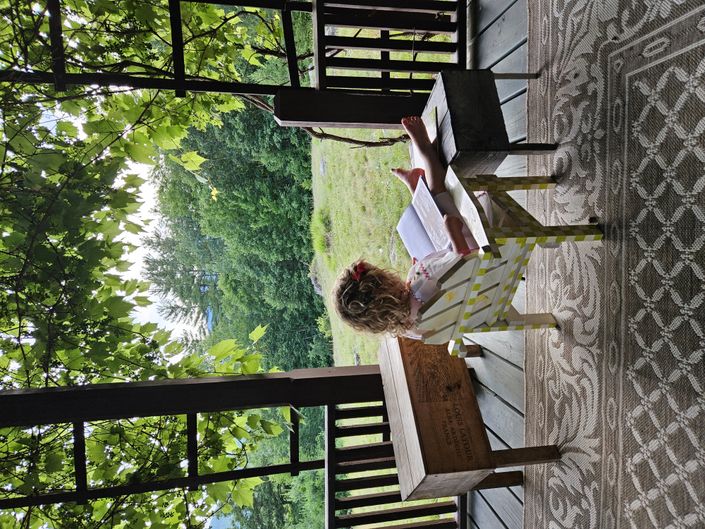
Creating Natural Cooling Oases for Heatwave Management
Sign up to participate in the online workshop, or access the recording! Thursday, August 29th, 10 AM EDT
Enroll in Course
Live online workshop Thursday, August 29th, 10 AM - 12 PM EDT (New York, USA) Sign up to join the discussion or get access to the recording.
Come learn how to quickly create a cool, natural oasis for yourself and your neighbors by managing the land surface and soil structure in your yard, farm, or neighborhood.
Much of what we suffer during heat waves has to do with factors we can change, such as:
- the amount of transpiring vegetation
- the amount of shade
- the color of the surface
- the water-holding capacity of the soil
One example: which do you choose to step on when you are barefoot on a hot day? Pavement or wet grass?
Dark solid pavement will burn your feet–and it will continue to retain and emit heat long after the sun goes down. Whereas if you jump onto a moist grassy surface, it will cool your feet, and your body as well. Trees, grass, and other plants actually remove heat from the air, as long as the soil is managed to retain water at the root zone–like a sponge.
We can think of greenhouse gasses as the cover over a cooking pan that holds in heat, but our management of land surfaces is how we turn down the flame under the pan, even when the sun is shining, and long into the evening hours.
This means we have far more influence over the temperature around us than we think.
This class with international educator and author Didi Pershouse will lead you through science and strategies that will help you create cooling oases to get through heat waves, and potentially even help shift regional temperatures if enough of your neighbors get involved!
Your Instructor
Didi Pershouse is well known as an innovative international educator both in-person and online. She is the founder of the Land and Leadership Initiative. Her facilitator's guide Understanding Soil Health and Watershed Function is used in over 90 countries.
She became deeply involved in the intersection of food systems and health systems while providing rural health care for two decades at The Center for Sustainable Medicine, and wrote The Ecology of Care: Medicine, Agriculture, Money, and the Quiet Power of Human and Microbial Communities.
She has written a field training manual for the UN-FAO Farmer Field School Program and the Andhra Pradesh Community Managed Natural Farming Initiative in India, involving over 1,000,000 smallholder farmers. She was a contributing author to The Climate Emergency: How Africa Can Survive and Thrive; Climate Change and Creation Care; and Health in the Anthropocene. She was one of five speakers at the United Nations-FAO World Soil Day in 2017.
She serves on the Planning Commission for her town, is a board supervisor for the White River Natural Resources Conservation District, and is on the board of directors of Regenerate Earth, Soil Carbon Coalition and the Vermont Healthy Soils Coalition. While serving on the state appointed Payment for Ecosystem Services and Soil Health Working Group, she helped to reorient the program back to its public roots. She led a successful effort to conserve the Zebedee Headwaters Wetland while serving as a Vermont Conservation Commissioner.
She is on the Vision Council of the Global Earth Repair Convergence, and a member of the Ecosystem Restoration Alliance. She is a lineage member of the Change Agent Development Community (stewarded by Carol Sanford), and is seeding new communities of practice in a Wisdom tradition that uses living systems thinking.
